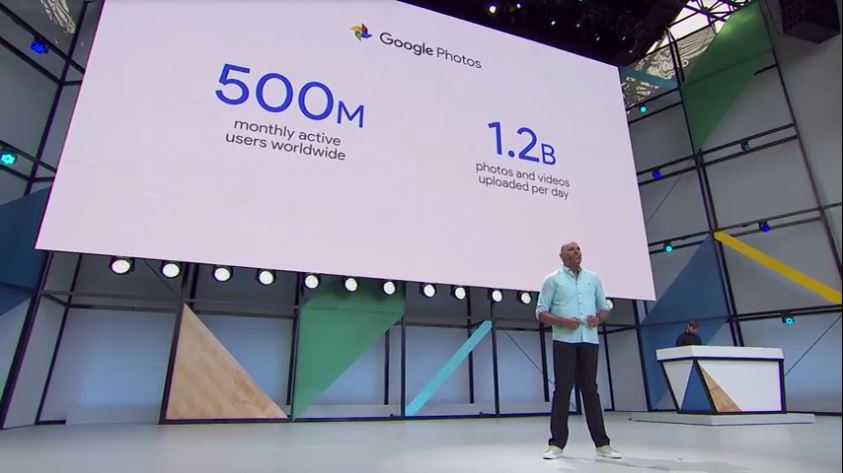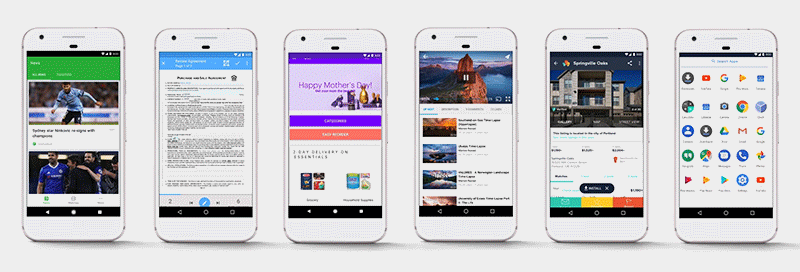Around a year ago, Google announced a project known as Instant Apps at the Google I/O developer conference. The primary aim of this project is to bridge the gap between mobile apps and web apps. Instant Apps allows native apps to be used almost instantly, simply by tapping on a URL, even without installing the app itself. This essentially means that native apps will load as fast as a web page.
While downloading and installing an app usually takes time, Instant Apps will allow developers to partition their apps into small, runnable parts that will run within a few seconds of activation. This essentially means that native apps will load as fast as a web page.
According to David Burke, Google’s Vice President of Engineering for Android,
Instant Apps is really about re-thinking where apps are going. Web pages are ephemeral. They appear, you use them, and never think about them again.
But with apps, you sometimes only want the app to perform one function or get a specific piece of information, but you are forced to wait while it downloads and installs.
This feature was previously made available to a select few developers. The Instant Apps project was announced again at Google I/O this year, where the company said that the feature is now in general availability and any developer can choose to develop their apps using this. Users will be able to access such apps directly from the Google Search results page.
With the launch of Android Studio 3.0, the company now possesses all the tooling that is required to help developers modularise their applications.
With every developer now being given the opportunity to bridge the gap between web apps and native apps, the future of applications looks interesting. Android users will now be able to experience the best features of any app — “fast and beautiful user interfaces, high performance, and great capabilities—with just a tap.”






